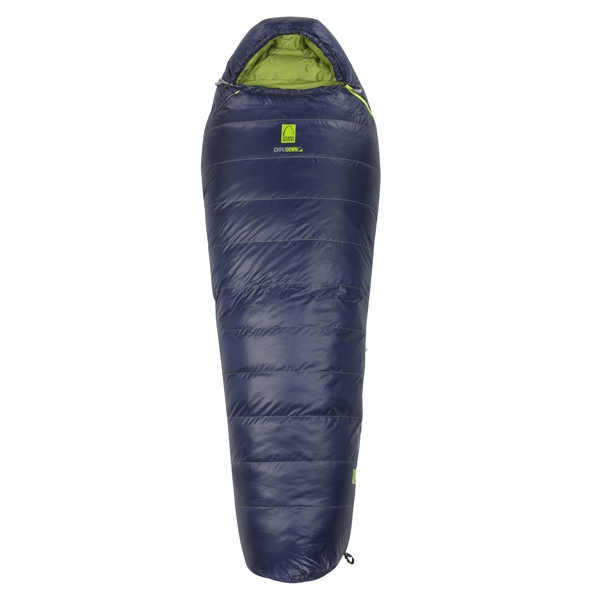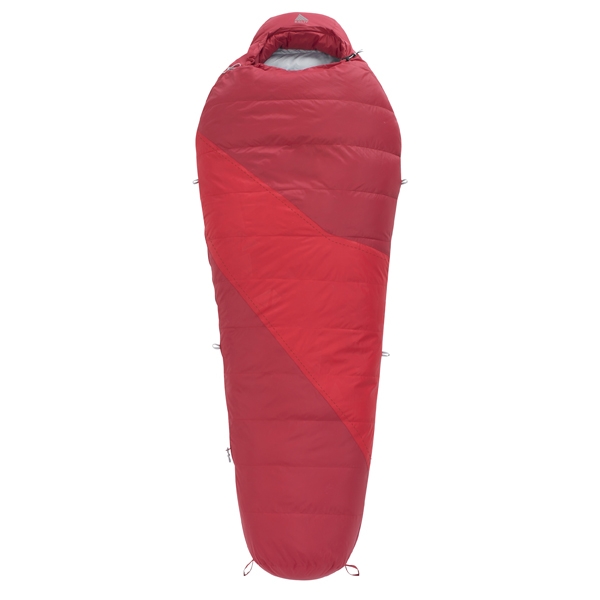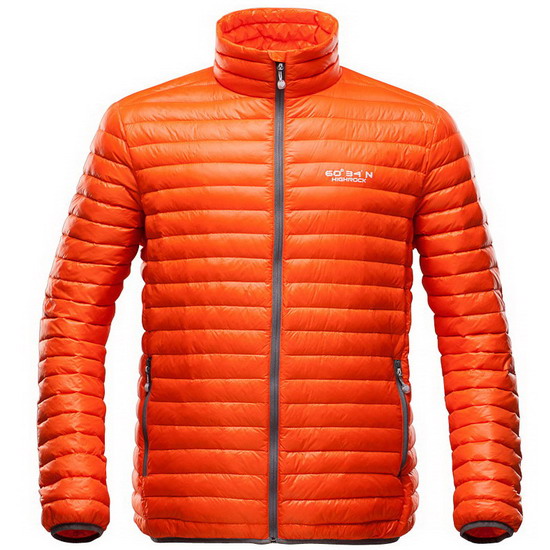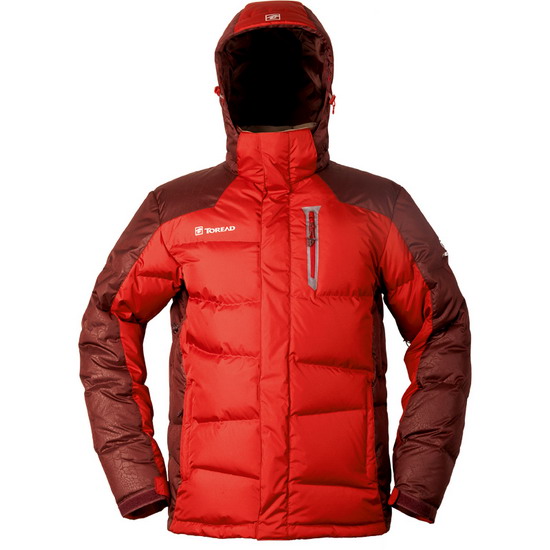Quality Testing
-
DwrDown™ test results explained
As the industry leader in the emerging field of hydrophobic down, Chinese is at the forefront of developing test methodologies to evaluate the performance of down in the presence of moisture. We are partnering with key, third-party testing labs such as the California Down and Feather Testing Laboratory (CDFL) and SGS North America, Inc. to ensure the independent, scientific evaluation of down's performance. This in an evolving process and the following test results represent our most recent efforts along the way to establishing an industry standard for hydrophobic down evaluation.
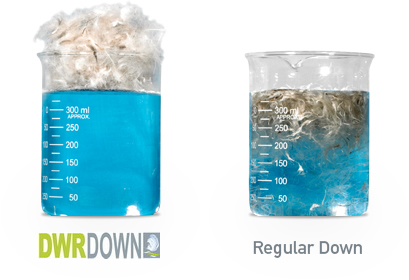
.
-
-
Test 1 Wet Out Test
This method tests how quickly down can become fully saturated through direct contact and agitation with water.
0.5 gram each of DwrDown™ and untreated down were placed in separate jars containing 100ml of water and shaken to full saturation (all down is submerged, nothing left floating). Three different samples were tested and the average number of shakes to reach full saturation was recorded.
The ratio of DwrDown™ shakes to untreated down shakes was 10.8, supporting our claim that DwrDown™ stays dry 10-times longer than untreated down. -
Test 2 Loft Shake Test
This method tests down loft retention through direct contact and agitation with water.
1.0 gram each of 600 fill DwrDown™ and untreated down were placed in separate jars containing 100ml of water and loft was measured. Both jars were placed on a shaker and vertically shaken 10 times. At the end of 10 shakes, each sample was measured to determine how much loft was retained.
Test results confirm that DwrDown retains 170% (2.7-times) more loft than untreated down when exposed to moisture. -
Test 3 Dry-Out Test
This method tests how quickly down can completely dry from a specific wet-out using a static drying device.
2.0 grams each of DwrDown™ and untreated down were placed in separate jars containing 100ml of water and shaken vertically 10 times each. After 10 shakes, each sample was weighed to determine the weight of the water absorbed then placed in an open-ended cylinder to dry. The weight of the DwrDown™ and the untreated down was continuously measured until all the water weight had evaporated.
Untreated down took an average of 34% more time to become fully dry, supporting our claim that DwrDown™ dries 33% faster than untreated down.
-
